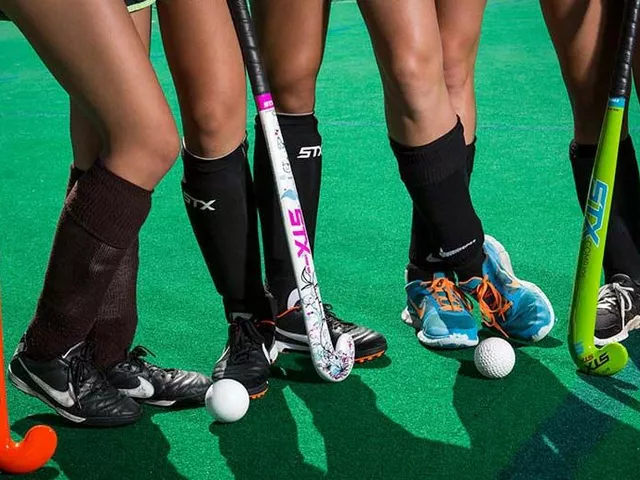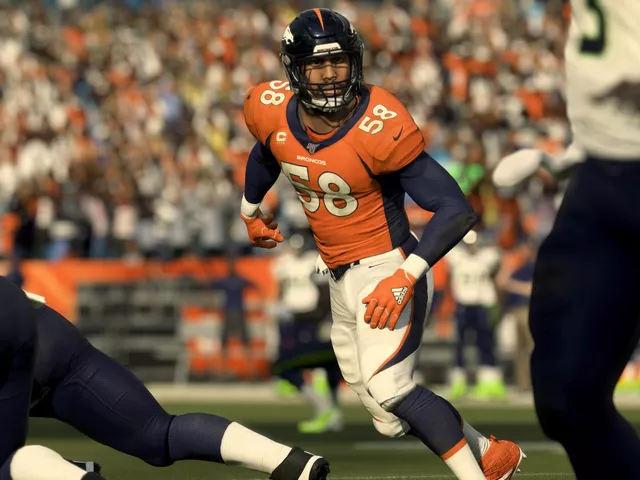Blood in Hockey: Why It Happens and How to Stay Safe
Seeing blood on the ice can be shocking, but it’s part of the game’s reality. Players get cut, bruised, or hit hard, and a quick red spot can appear on a jersey or the board. That splash of red doesn’t just mean drama; it signals a need for fast action to keep everyone safe.
Why Blood Happens on the Ice
Hockey is fast, physical, and played on a hard surface. Sticks clash, pucks fly at 100 km/h, and players crash into the boards. Those forces can split a lip, tear a knee pad, or rip a jersey. Even a small skate blade nick can draw blood fast. The sport’s intensity is the main reason you’ll see it.
Another cause is the equipment itself. Loose straps, worn‑out gloves, or cracked helmets can shift at the wrong moment, exposing skin. When a player’s shin guard rubs against a sharp edge, a cut can open up. Regular gear checks help catch these problems before they turn into a bleeding situation.
How to Handle Blood Safely
If a player gets bleeding, the first step is to stop the play. Officials will call a stoppage, and the bench or medical staff steps in. The priority is to clean the wound, apply pressure, and cover it with a proper bandage. Teams usually have a first‑aid kit on the bench for quick use.
Coaches also teach players to stay calm. Panicking can make a small cut look worse. A quick rinse with clean water, a sterile pad, and a tight but comfortable wrap usually does the trick. If the bleeding is heavy, the player is taken off the ice for further care and may need a doctor’s check.
Leagues have rules about blood on the ice. Most require the player to be removed until the blood is fully covered and the area is cleaned. This protects opponents from accidental contact with blood, which can spread germs. Referees watch closely and will not let play continue while blood is visible.
For parents and fans, the best thing you can do is trust the medical team. Their gear is designed to handle cuts, and they know when a wound needs more than a simple bandage. Encouraging players to report any cut right away keeps the game safer for everyone.
Finally, prevention is key. Regularly check helmets, pads, and skates for damage. Keep nails trimmed and gloves snug. A well‑maintained outfit reduces the chance of accidental cuts and bruises, meaning fewer blood spots on the ice.
Blood may be part of hockey’s gritty image, but it doesn’t have to be a problem. Knowing why it happens, how to stop it quickly, and how to prevent it keeps the game tough yet safe. Stay sharp, stay ready, and keep the focus on the play, not the red.
This article examines the prevalence of bloody hockey fights. It looks at the different types of fights and the various rules that are in place to discourage them. It also looks at the reasons why some hockey players choose to fight, and the potential consequences for those involved. Ultimately, it finds that the majority of hockey fights are not overly bloody, but that some fights can become violent and bloody. It also notes that there are several factors that can increase the likelihood of a fight becoming bloody, such as the size of the players, the style of play, and the presence of alcohol.
Read more





